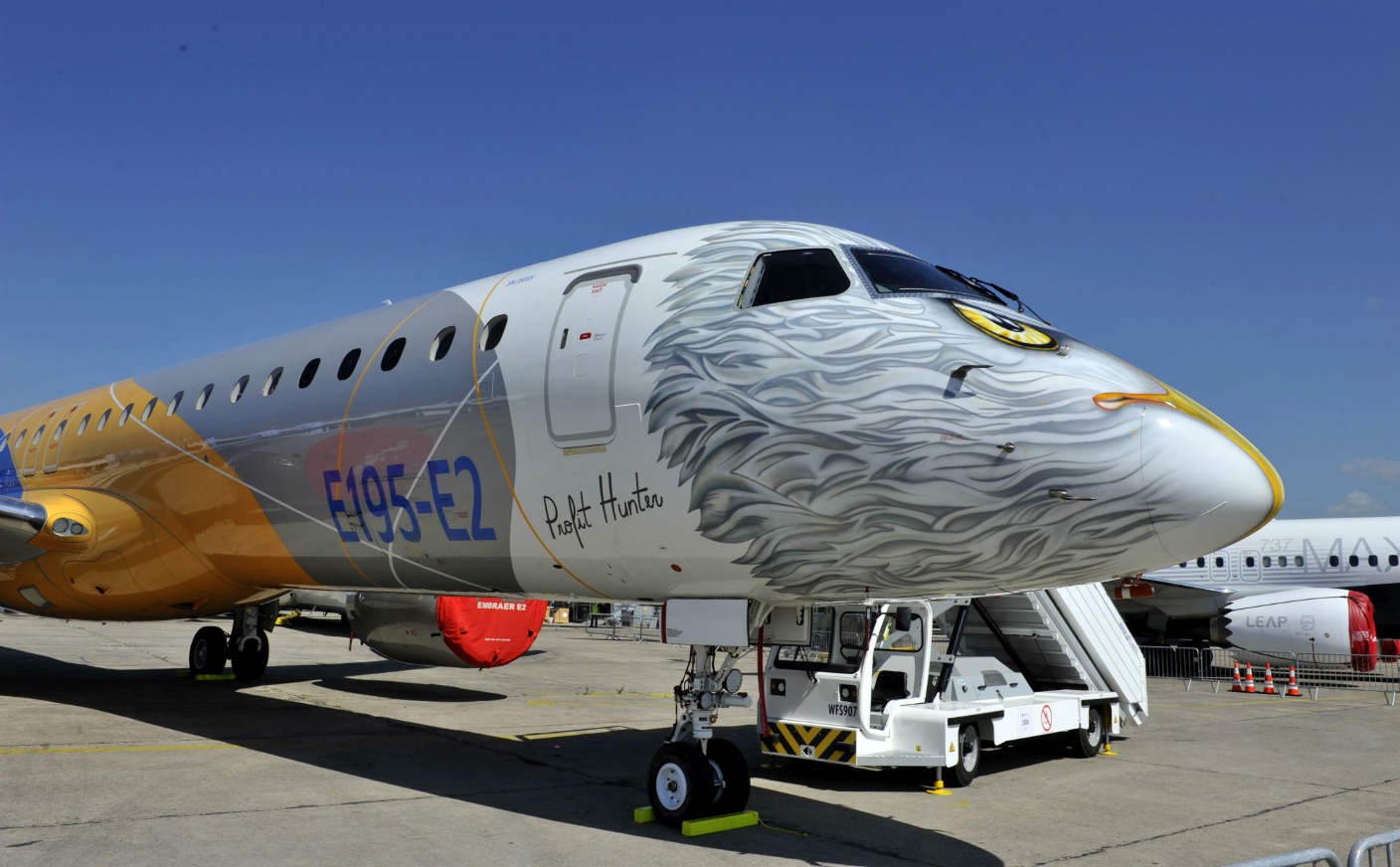The 2017 edition of Embraer’s Market Outlook Report reviews market prospects in the regional jet segment over the period 2017-2036.
Embraer has published the 2017 edition of its Market Outlook Report, reviewing market prospects in the regional jet segment for the next 20 years.
The company expects world passenger traffic to maintain 4.5% annual growth over the next two decades, pursuing the long-term historical trend.
According to the Embraer forecast, by 2036, the Middle East and Asia-Pacific will be the fastest growing markets, with an annual RPK growth rate of around 6.0%, followed by Latin America with 5.2%, Africa with 4.9%, the Commonwealth of Independent States (CIS) with 3.6%, Europe also with 3.6% and North America with 2.7%.
Asia-Pacific will be the largest market, accounting for 37% of world RPKs. Combined, Europe and North America will generate 36% of total air transport demand.
Embraer foresees world demand for 6,400 new jets in the 70 to 130-seat segment over the next 20 years — 2,280 units in the 70 to 90-seat segment and 4,120 units in the 90 to 130-seat segment — representing a total market value of $300bn.
The 70 to 130-seat jet world fleet-in-service is expected to increase from 2,700 aircraft in 2016 to 6,710 by 2036, the fastest growing segment among all aircraft categories. Replacement of ageing aircraft will represent 37% of new deliveries and 63% will represent market growth.
Looking at the regional market breakdown in the 70/130-seat jet segment, North America is seen leading demand, with a need for 2,020 aircraft (32% of demand), followed by Asia-Pacific (1,710, 27%) and Europe (1,150, 18%).
Asia-Pacific will be the largest market for the 90/130-seat segment (1,200, 30%), followed by Europe (880, 21%).
Demand in the 70/90-seat segment is expected to be dominated by North America (1,220, 54%), followed by Asia-Pacific (510, 22%).

